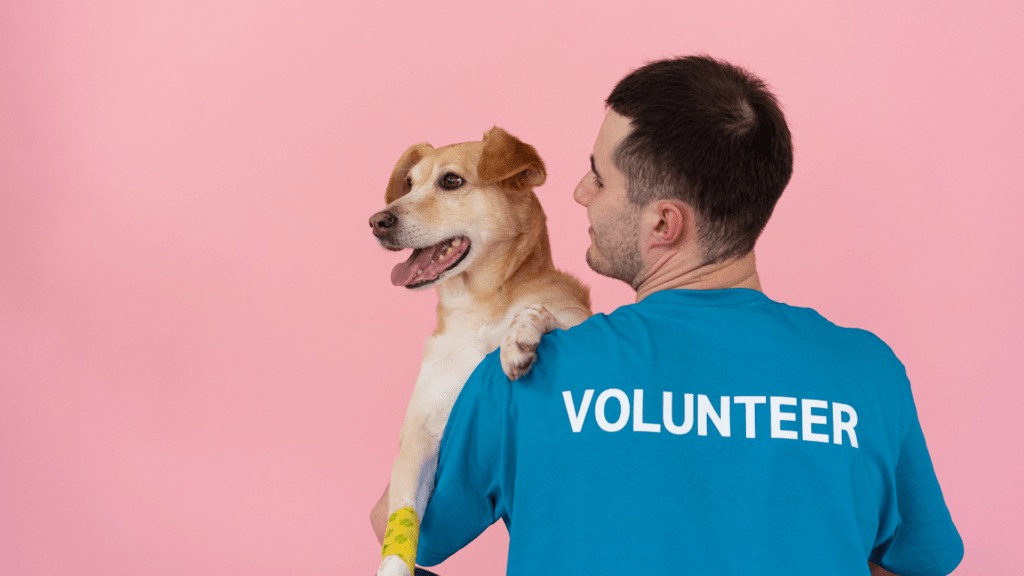Understanding New Adoption Policies
Being well-informed about new adoption policies is crucial when welcoming a rescue pet. Changes in legislation and updated guidelines play a significant role in the adoption process.
Key Changes in Legislation
Recent adoption laws aim to ensure better treatment of rescue pets and enhance their chances of finding loving homes. Some key legislative changes include:
- Stricter Screening Processes: Shelters now perform more rigorous background checks to ensure prospective owners can provide a safe, stable environment (Animal Welfare Institute, 2022).
- Mandatory Training Programs: New laws require that adopters complete a pet care course before finalizing the adoption. This aims to reduce returns due to mismanagement (ASPCA, 2023).
- Increased Funding for Shelters: Governments have allocated more funds to improve shelter conditions and provide better care for animals (Humane Society, 2022).
Guidelines for Prospective Pet Owners
Adopting a rescue pet involves following updated guidelines designed to ensure the welfare of both pets and owners:
- Detailed Adoption Applications: Applications now require comprehensive information, including living conditions, financial stability, and previous pet experience.
- Home Visits by Shelter Staff: Shelters often conduct home visits to verify the safety and suitability of the living environment.
- Post-Adoption Support: Many shelters offer support programs to help new pet owners address initial challenges, providing resources and guidance.
Understanding these policies will help you navigate the adoption process smoothly and create a loving home for your new pet.
Preparing Your Home for a Rescue Pet

Bringing a rescue pet home involves careful planning. I focus on creating a safe and welcoming environment for the new furry family member.
Pet-Proofing Your Space
Pet-proofing a home is essential. I secure loose wires to prevent chewing hazards and store chemicals or cleaners in locked cabinets. Blocking off small spaces ensures my pet won’t get stuck. Sharp objects, like knives or scissors, stay out of reach. Cleaning up small items, such as coins or hair ties, eliminates choking risks.
Essential Supplies and Equipment
Getting the right supplies ensures a smooth transition for my rescue pet. I gather food and water bowls made of stainless steel or ceramic. A comfortable bed and cozy blankets provide warmth. Toys, such as chew toys and interactive ones, keep my pet entertained. I purchase a collar, ID tag, and leash for walks and identification. For hygiene, I stock up on grooming supplies like brushes and pet-safe shampoo.
The Adoption Process
Adopting a rescue pet involves several crucial steps, from selecting a reputable organization to understanding the necessary procedures and overcoming common challenges.
Finding the Right Rescue Organization
Choosing a reputable rescue organization lays the foundation for a successful adoption. Local shelters, breed-specific rescues, and nationwide networks offer various pets. Researching online reviews and testimonials helps gauge an organization’s reliability. Visiting the facility, when possible, provides a sense of their operation standards. Reputable groups ensure pets are vaccinated, microchipped, and properly socialized before adoption.
Steps and Procedures
The adoption process generally starts with completing a detailed application form. Applicants may need to provide information about their living situation, household members, and experience with pets. Home visits are common to ensure a safe environment. Once the application is approved, adopters often meet potential pets under supervision. Some organizations mandate training programs or workshops for adopters. Signing adoption agreements usually finalizes the process. Post-adoption support, like follow-up calls and check-ins, ensures the pet’s well-being.
Common Challenges and Solutions
Adopters might face various challenges, such as integrating the new pet into their household or managing behavioral issues. Providing a consistent routine helps pets adjust. Patience is key if pets show signs of stress or anxiety; consulting with a vet or a professional trainer can offer effective solutions. Financial considerations, including veterinary care and pet insurance, should be planned. Joining support groups or community forums for pet adopters can offer additional guidance and reassurance.
Welcoming Your New Pet
Welcoming a rescue pet into your home enriches your life and provides a loving home for a deserving animal. It’s essential to ensure a smooth transition to help your new pet feel safe and comfortable.
First Day at Home
On the first day at home, create a quiet, safe space for your new pet to explore at their own pace. Set up a cozy bed, water dish, and some toys. Keep the environment calm and avoid overwhelming them with too many new experiences. Monitor their behavior closely for signs of anxiety or distress. Offer gentle reassurance in the form of soft voices and kind gestures.
Building Trust and Comfort
Building trust and comfort takes time and patience. Establish a consistent routine for feeding, walks, and playtime. Use positive reinforcement techniques like treats and praise to encourage good behavior. Spend time bonding through gentle petting, brushing, and interactive play. If your pet shows signs of fear or aggression, consider consulting a professional trainer who specializes in rescue animals.
Long-term Care and Support
Ensuring your rescue pet’s well-being involves long-term care and support. Addressing health, training, and community resources will help your pet thrive.
Health and Wellness
Regular check-ups at the vet are crucial for monitoring your pet’s health. Schedule vaccinations, flea control, and dental care sessions. A balanced diet tailored to your pet’s age and activity level is essential. Consult your vet for recommendations on high-quality pet food. Exercise your pet daily to maintain physical and mental health. Include activities like walks, playtime, and mental stimulation games.
Training and Socialization
Consistent training helps your pet adjust and behave well in various environments. Use positive reinforcement to encourage desirable behaviors. Enroll in obedience classes for structured learning. Such classes can improve socialization and obedience. Socialize your pet by introducing it to different people, pets, and settings. Gradually expose it to new experiences, ensuring they are positive to reduce anxiety and build confidence.
Community Resources and Support Networks
Utilize community resources for additional support. Many communities offer pet adoption groups, training classes, and pet-friendly events. Joining these groups provides valuable advice and social interaction for both you and your pet. Explore online forums and local pet owner meetups. These can be excellent for sharing experiences and seeking advice from other pet adopters. Connect with local animal shelters and rescue organizations for ongoing support and resources.



 Lead Pet Behavior Specialist
Brian Camacho is an expert in pet behavior and training at Pet Paw Shack. With a deep understanding of animal psychology, he specializes in helping pets and their owners build strong, healthy relationships through positive reinforcement techniques. Brian’s innovative approach to training focuses on making behavior modification a fun and rewarding experience for both pets and their families.
Lead Pet Behavior Specialist
Brian Camacho is an expert in pet behavior and training at Pet Paw Shack. With a deep understanding of animal psychology, he specializes in helping pets and their owners build strong, healthy relationships through positive reinforcement techniques. Brian’s innovative approach to training focuses on making behavior modification a fun and rewarding experience for both pets and their families.
